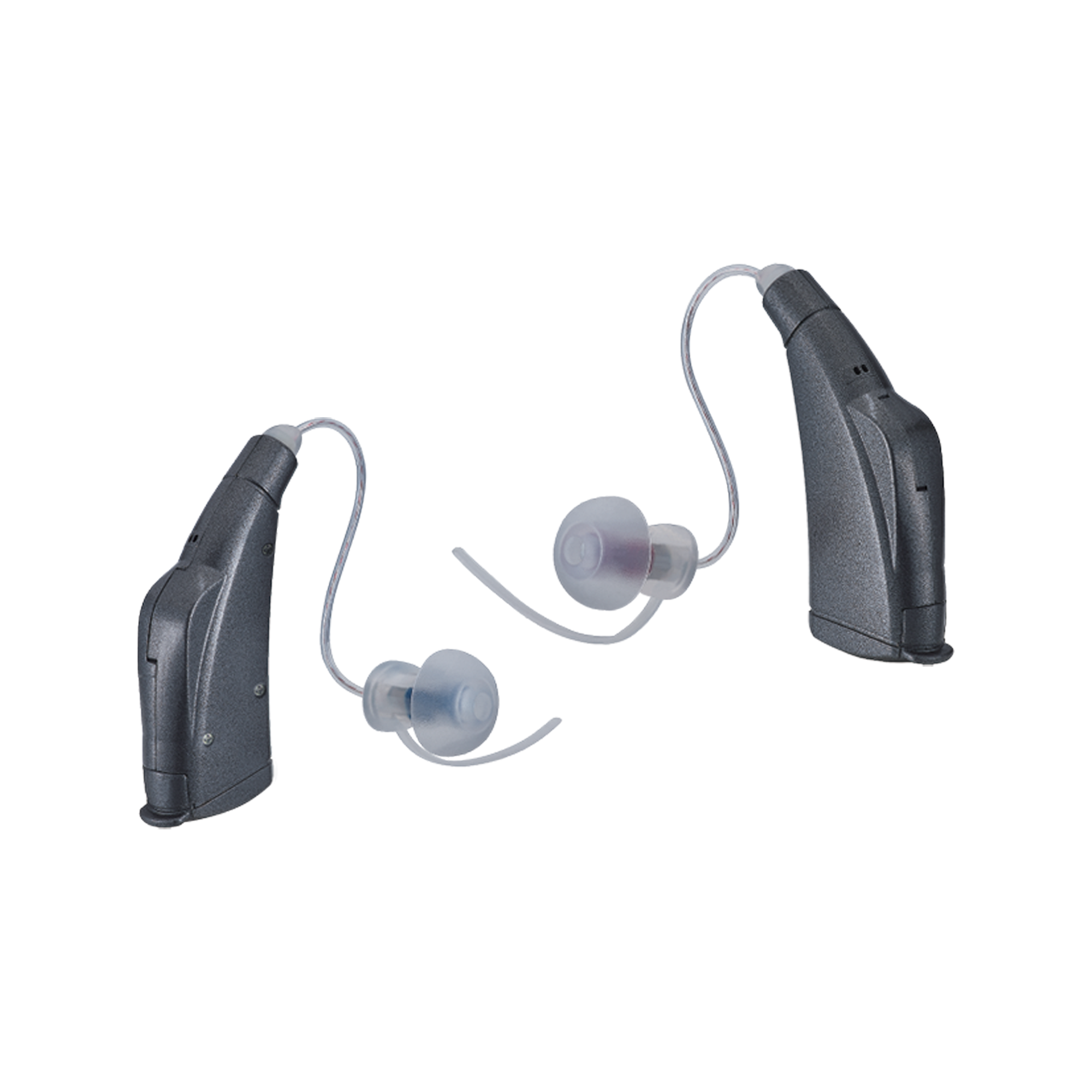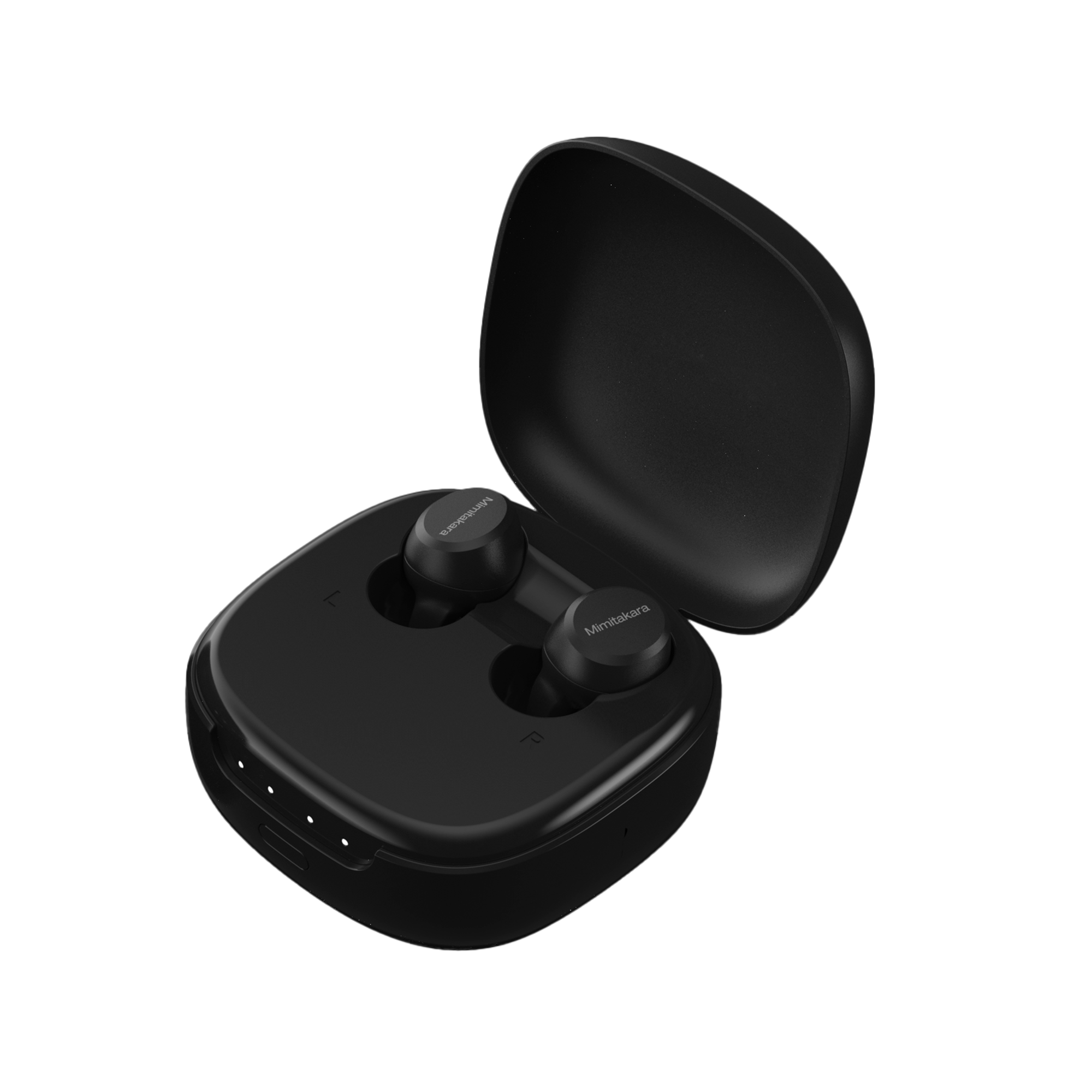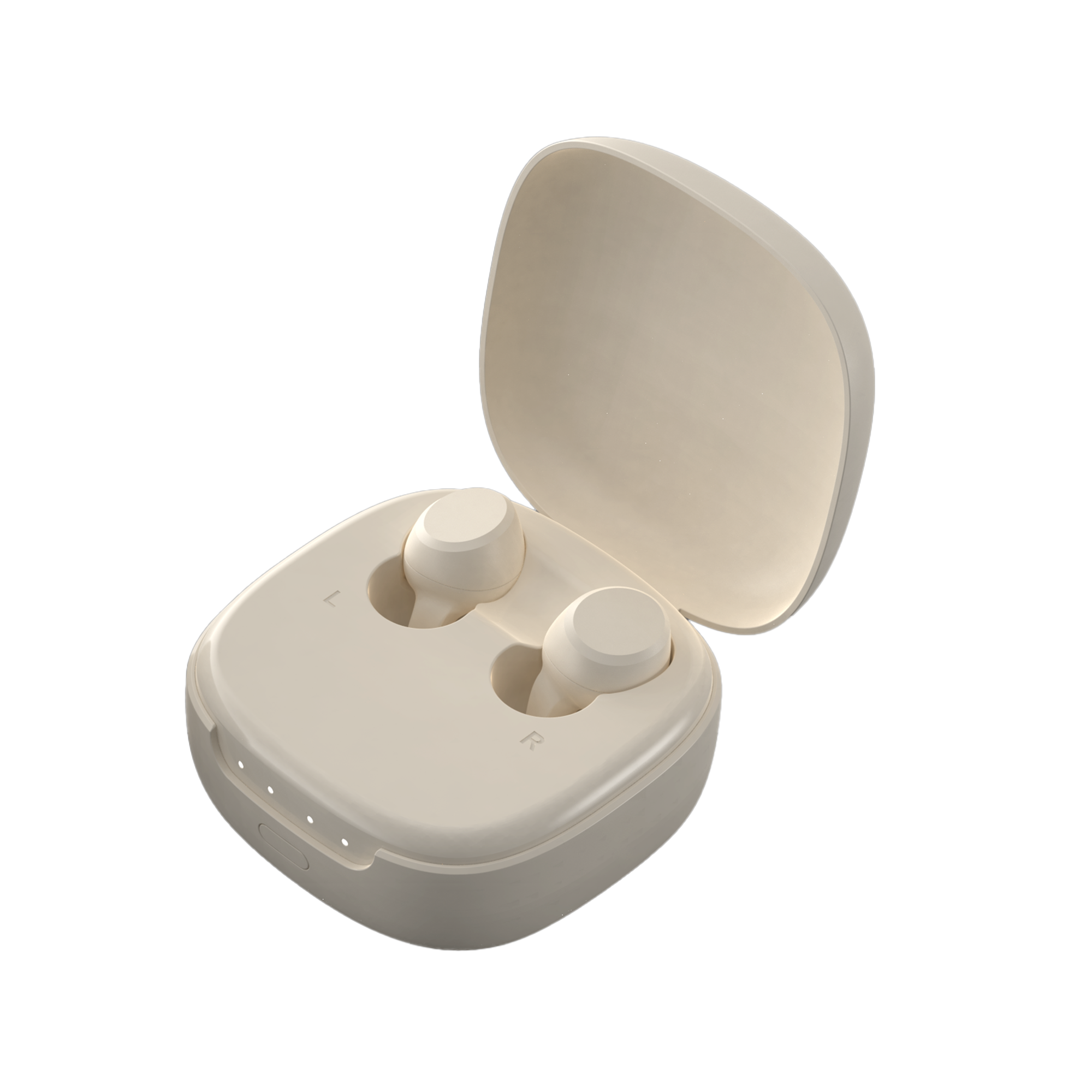In recent years, hearing aids with Bluetooth technology have transformed the way individuals with hearing impairments interact with the world. These innovative devices enhance sound quality while integrating seamlessly with everyday technology, making them a game-changer in auditory assistance. Their importance lies in offering a more natural listening experience alongside the convenience of wireless connectivity.
Questions like “Are over the counter hearing aids with Bluetooth safe?” and “How do I connect over the counter hearing aids with Bluetooth?” have become increasingly common as users explore the full potential of these accessible and cost-effective devices.
Improved Connectivity and Functionality
Direct Streaming
One of the key features of over the counter hearing aids with Bluetooth is direct audio streaming. Users can stream phone calls, music, and other audio directly from smartphones, TVs, and tablets to their hearing aids. This eliminates the need for intermediary devices and enhances sound clarity.
With the introduction of Bluetooth LE Audio (Low Energy), power consumption is optimized, allowing users to enjoy extended streaming without quickly draining their hearing aid batteries.
Multiple Device Pairing
Modern Bluetooth hearing aids offer the convenience of pairing with multiple devices, making it easy for users to switch between their phone, tablet, or TV. This multi-device functionality, combined with app control, allows users to adjust settings on the go, further enhancing usability.
Enhanced Usability
Volume Control through Apps
Bluetooth-enabled hearing aids come with smartphone apps that provide precise control over sound settings. Users can:
- Independently adjust the volume for each hearing aid
- Tailor sound profiles to suit specific environments
- Quickly switch between presets for different listening situations
Customizable Sound Profiles
With app-based control, users can personalize their listening experience by adjusting bass, mid, and treble tones. These custom profiles can be saved and applied in environments like noisy restaurants or quiet offices, ensuring optimal sound clarity in any situation.
Convenience in Everyday Use
Hands-Free Calls
Bluetooth technology in hearing aids offers hands-free calling. Users can answer and make calls directly through their hearing aids without needing to handle their phone.
- iPhone Integration: Apple’s MFi protocol ensures smooth two-way audio streaming.
- Android Compatibility: ASHA protocol allows for similar functionality, though some models may require a Bluetooth streamer for hands-free use.
Wireless Music Streaming
With over the counter hearing aids with Bluetooth, users can enjoy music and podcasts with superior sound quality. These devices act as high-quality wireless headphones, enhancing the overall audio experience.
Battery Considerations
Battery Life
Hearing aids with Bluetooth typically use either disposable zinc-air batteries or rechargeable lithium-ion batteries:
- Zinc-air batteries last between 3 to 21 days, depending on usage.
- Lithium-ion rechargeable batteries offer an all-day charge and maintain their capacity for up to 4-6 years, even with daily Bluetooth streaming.
Energy Consumption
Advanced features like noise reduction and faster processing chips can increase energy consumption. However, modern hearing aids are designed to balance performance with battery efficiency, ensuring long-lasting functionality.
Comparative Costs
Over the counter Bluetooth hearing aids represent a significant investment, with prices typically ranging from $99 to $7,500 per pair, placing them at the higher end of the market spectrum. This pricing variation largely depends on the features and brand of the device.
Pricing Tiers
- Budget-friendly options like Mimitakara range from $99 to $949 per pair.
- These devices provide professional-grade features without the need for a prescription, offering excellent value for money.
Available Models
Mimitakara stands out among over the counter hearing aids with Bluetooth, offering models that combine affordability with advanced technology like Bluetooth streaming and Telehealth customization.
FAQs
Q1. What benefits do over the counter hearing aids with Bluetooth offer?
A: These hearing aids provide wireless connectivity to smart devices, allowing users to stream audio directly and enjoy enhanced sound quality.
Q2. Are there any drawbacks to using Bluetooth hearing aids?
A: While Bluetooth hearing aids offer superior connectivity, they tend to consume more battery power, requiring more frequent recharging or replacement.
Q3. Is Bluetooth technology safe in hearing aids?
A: Yes, Bluetooth technology has been safely used in hearing aids for years, with no evidence of adverse health effects.
Q4. How do Bluetooth hearing aids differ from traditional models?
A: Bluetooth hearing aids offer advanced digital sound processing and direct streaming, providing a more tailored and convenient listening experience compared to analog models.
Conclusion
Over the counter hearing aids with Bluetooth are revolutionizing the hearing aid industry by making high-tech auditory assistance accessible to more people. With features like direct streaming, customizable sound profiles, and hands-free calls, these devices offer unparalleled convenience and sound quality. By seamlessly integrating into daily life, they empower users to manage their hearing health effectively and enhance their quality of life.















